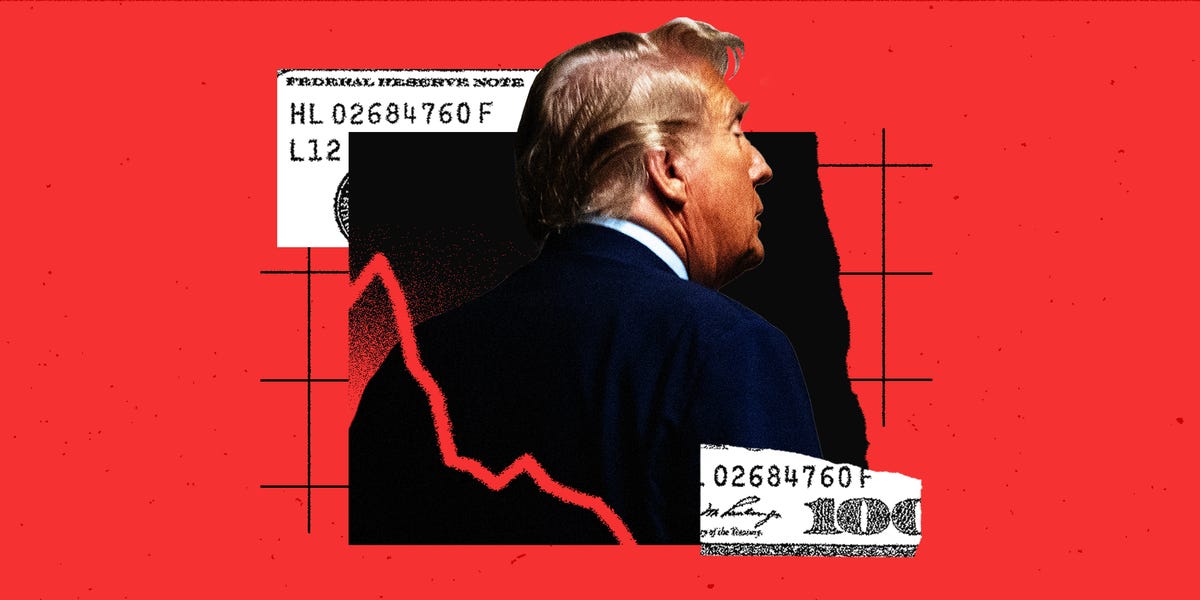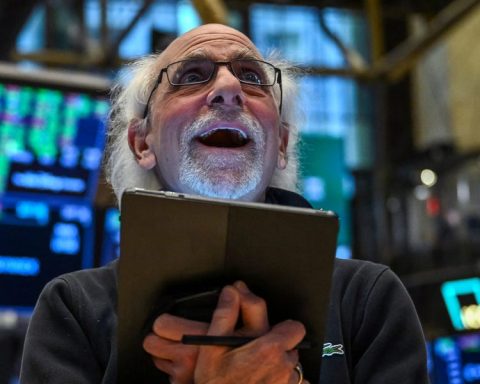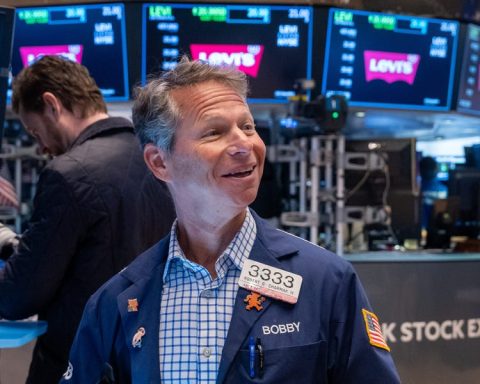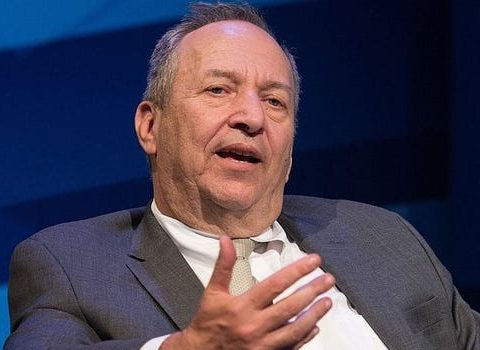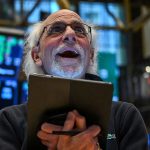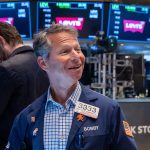On Wall Street, one of the few pessimists is warning that the economy may face the threat of stagflation by the end of the year. Barry Bannister, from Stifel, cautioned that persistent inflation and decelerating growth could lead to a 10% drop in stock prices.
Bannister highlighted early indicators of this trend, including declines in productivity and wage increases. He expressed concerns over a scenario that some economists predict could emerge by 2025, potentially impacting stock prices by 10%. Bannister, who serves as the managing director and chief equity strategist at Stifel, stood out among the bearish voices on Wall Street at the start of this year when he forecasted that the S&P 500 would be in the mid-5000s by 2025. He warns that the United States economy might slide into a mild stagflation phase in the latter half of the year, characterized by persistent inflation coupled with slowing economic growth—a dynamic reminiscent of the economic conditions in the 1970s.
In an interview with Business Insider, Bannister pointed out signs suggesting this trend may already be developing, contrary to most investors’ expectations for continued vigorous growth and decreasing inflation in 2025. Notably, inflation has surged in recent months, with consumer prices rising by 3% year-over-year in January, surpassing forecasts and exceeding the previous month’s 2.9% inflation rate. Despite a significant slowdown in price rises since mid-2022, investor concern remains high. Bannister attributed some of this anxiety to former President Trump’s economic policies, particularly his tariff strategy, which analysts warn could transfer cost increases onto consumers.
“I think it’s naive for people to believe that inflation will return to 2%. It won’t return without a recession,” Bannister stated, emphasizing the role of tariffs in exacerbating price pressures. “Tariffs complicate efforts toward disinflation.” In a report, Stifel’s analysis indicated that core personal consumption expenditure inflation, which the Fed prefers as an inflation measure, is likely to hover around 2.75% in 2025, exceeding the central bank’s target of 2%.
Persistently high inflation is also troublesome for economic growth, especially considering its impact on consumer behavior, Bannister noted. With consumer spending accounting for roughly 70% of US GDP, households are showing early signs of reducing expenditure, as evidenced by a near 1% decline in retail sales for January, according to Commerce Department data. Furthermore, economic growth may be faltering this year. Real average hourly earnings for private sector workers increased by only 4% year-over-year in January, a decrease from the peak of 8% growth seen during 2020.
Additionally, worker productivity growth has been on a downward trajectory for much of the past year, with output per worker in the nonfarm business sector increasing just 1.5% in the fourth quarter, down from a 7% productivity growth peak in 2020.
“Many so-called economists presume productivity will rebound. They’re overlooking the cyclical nature of productivity, which is already declining,” Bannister remarked.
This situation could result in a detrimental cycle: Decreasing productivity impacts inflation, as businesses, receiving less output from employees, may opt to raise prices. Simultaneously, persistent high inflation could hinder the Fed from lowering interest rates, which could further stifle economic growth, Bannister added. He does not anticipate any interest rate cuts from the Fed for the remainder of this year.
All these factors cast a shadow over the market, where investors are betting on ongoing economic robustness and reduced borrowing costs. Bannister highlighted that a market correction appears imminent, pointing to historically elevated valuations. He expects that the convergence of slower growth and elevated interest rates will trigger a 10% stock sell-off in the latter half of the year, estimating the S&P 500 could dip to 5,500 by year’s end as this slowdown coupled with persistent inflation challenges the Fed.
Other analysts have also identified stagflation risks amid a murky outlook for prices and trade policies. Mark Malek, the chief investment officer at Siebert Financial, acknowledged the potential for stagflation in the economy, though he does not consider it his primary scenario for 2025. He noted that tariffs could elevate prices, applying significant stress on consumers and leading to an economic downturn.
“It’s not a term I use lightly, but we must now confront the realities of potentially harsh tariffs,” he mentioned regarding a potential stagflation outcome. “We face inflationary pressures alongside the risk of economic contraction.” BCA Research expressed a similar sentiment, predicting the possibility of a “mini stagflation” scenario due to a slower economy and inflation levels remaining close to 3% throughout 2025. This situation could be triggered by stagnating labor supply growth, declining productivity, and persistent high prices in the US, noted Dhaval Joshi, a chief strategist at the firm, in a recent report.
